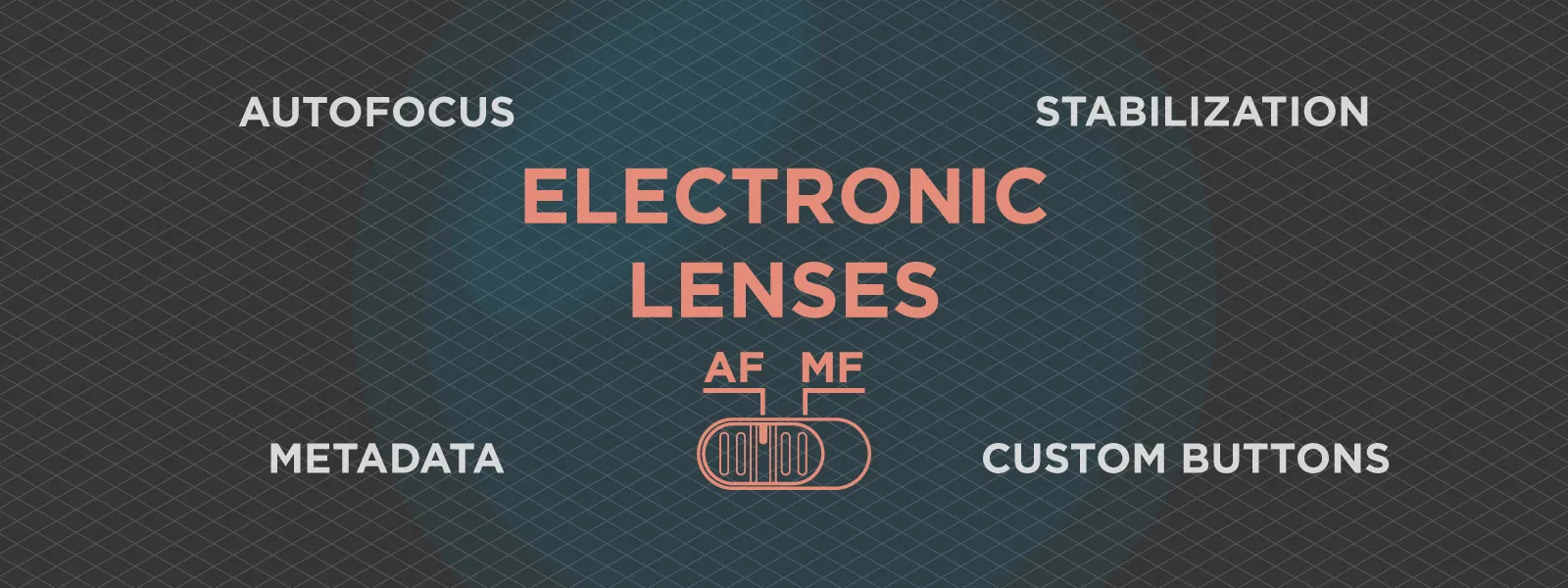Manual vs. Electronic Lenses - Which is Best for You?
 Lukas
Zmejevskis
Lukas
Zmejevskis
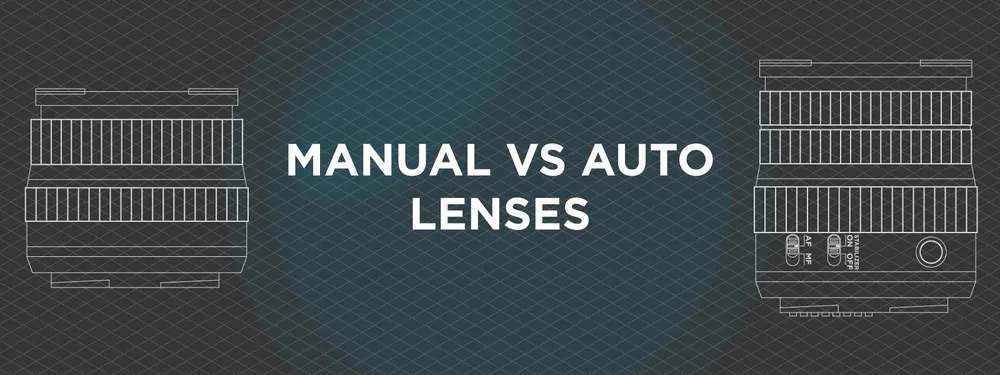
The camera lens is as important as the camera body. A lens focuses light onto the imaging sensor or film, thus creating an image. There are dozens of types of different lenses and different categories by use case or physical properties. But if we had to split all of the optical world into two distinct categories - it would be electronic and manual lenses. In this blog post, we will discuss the main differences between these categories and explore other lens-related topics helpful for photography and photogrammetry work.
Lens Mount Explained
The first and most important factor when choosing a lens for anything is its mount. Mount is the type of connection that the lens has on the back, which determines which cameras are compatible with it. Dedicated lens manufacturers often make the same lens available for a few popular mounts. In contrast, camera manufacturers usually make lenses for their own cameras only.
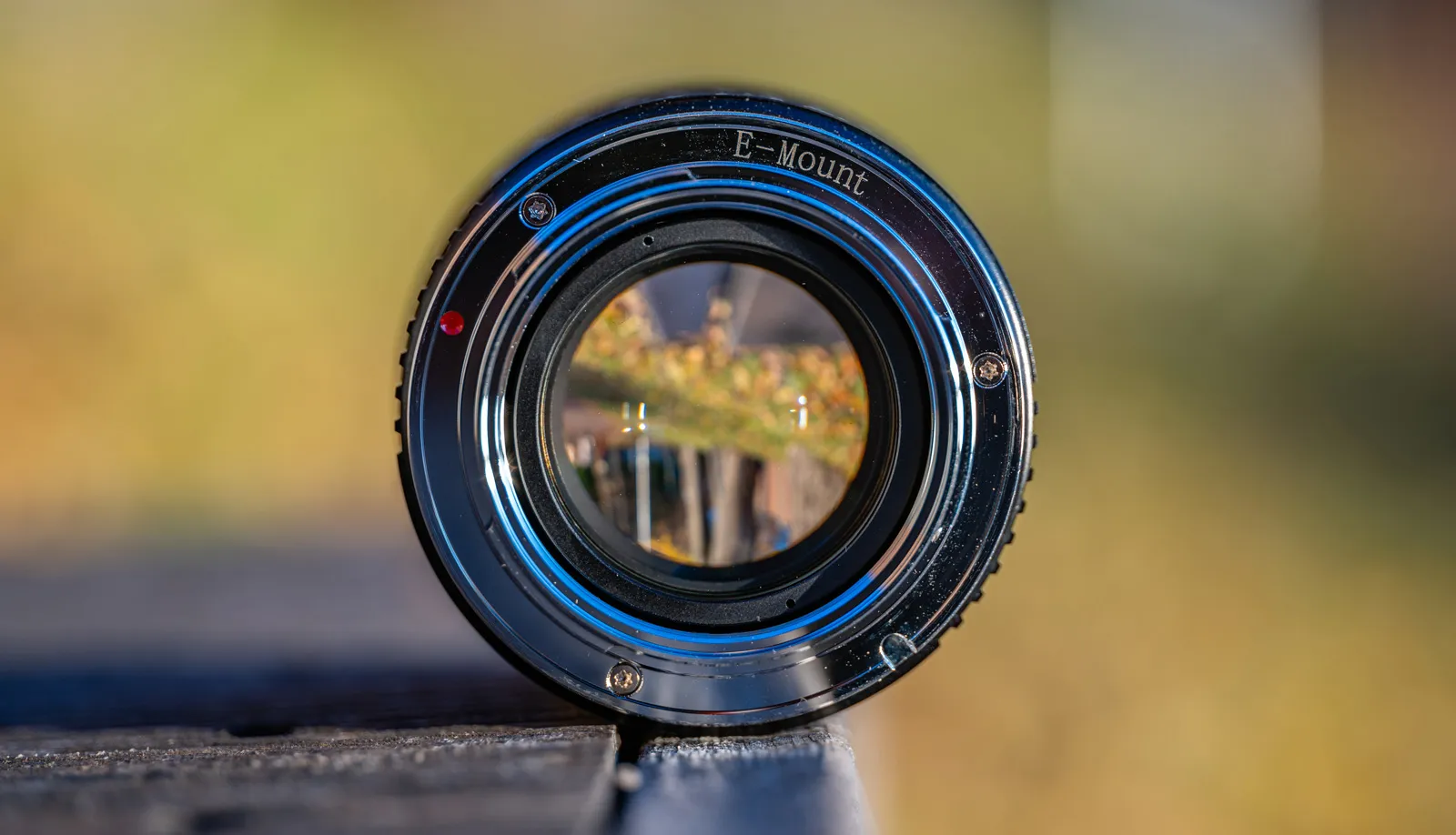 Some lenses can also be adapted. Camera systems have specific flange distances that either prohibit or allow adapting lenses. A flange distance, in simple terms, is the required distance between the back of the lens and the sensor. Lenses designed with a longer flange distance can be mounted to a camera that needs a shorter one by adding a particular spacer - an adapter. As an example, you can adapt almost any DSLR lens to any mirrorless camera, as all mirrorless cameras have mounts that have shorter flange distances.
Some lenses can also be adapted. Camera systems have specific flange distances that either prohibit or allow adapting lenses. A flange distance, in simple terms, is the required distance between the back of the lens and the sensor. Lenses designed with a longer flange distance can be mounted to a camera that needs a shorter one by adding a particular spacer - an adapter. As an example, you can adapt almost any DSLR lens to any mirrorless camera, as all mirrorless cameras have mounts that have shorter flange distances. If you are interested in adapting lenses, there are a couple main things to consider. If you are adopting a fully manual lens - the adapter does not need to have any electronic contacts. Therefore, a good one is much cheaper. If you want to adapt an electronic lens to a different mount - things get much more complicated. In general, unless you are after something peculiar - adapting electronic lenses outside of using official manufacturer adapters (with detailed compatibility lists) is not a great idea. Poor electronic adapters slow down operation and sometimes even disable some features on the lens.
If you are interested in adapting lenses, there are a couple main things to consider. If you are adopting a fully manual lens - the adapter does not need to have any electronic contacts. Therefore, a good one is much cheaper. If you want to adapt an electronic lens to a different mount - things get much more complicated. In general, unless you are after something peculiar - adapting electronic lenses outside of using official manufacturer adapters (with detailed compatibility lists) is not a great idea. Poor electronic adapters slow down operation and sometimes even disable some features on the lens.
Electronic vs. Manual Lenses - Facts
There are a few lens features that require an electronic connection to the body:
1. Autofocus - the motors that move glass elements to achieve focus require power and control from the camera body.
2. Stabilization - if a lens has a stabilization system, it is powered by the camera body via electronic contacts.
3. Metadata - lens information to the body is relayed via electronic connections.
4. Custom buttons, switches, or screens - features of modern digital lenses.
So, if you use a fully manual lens - you will lose the option of having the above mentioned features. Autofocus is the primary consideration, as modern autofocus systems are superior to any human ability to focus manually. And without proper focus - a photograph is usually useless. Motion-blurred images are also meaningless. While manual lenses can not have stabilization, - most high-end camera bodies do. Sensor stabilization works fine with manual lenses (you only need to enter the focal length of the lens manually). Still, lens stabilization is superior in most cases. It can also work in tandem with the system available in the camera body for even better results.
Still, modern, fully manual lenses exist and are pretty popular. Manufacturers like Laowa specialize in only manual lenses with great success. These are the main reasons why:
1. Manual lenses can provide superior optical quality for a smaller price.
2. Manual lenses allow for special designs and features such as super macro, tilt-shift, or a bright aperture for a smaller price.
3. Manual lenses can provide superb build quality and compact size for a reasonable price.
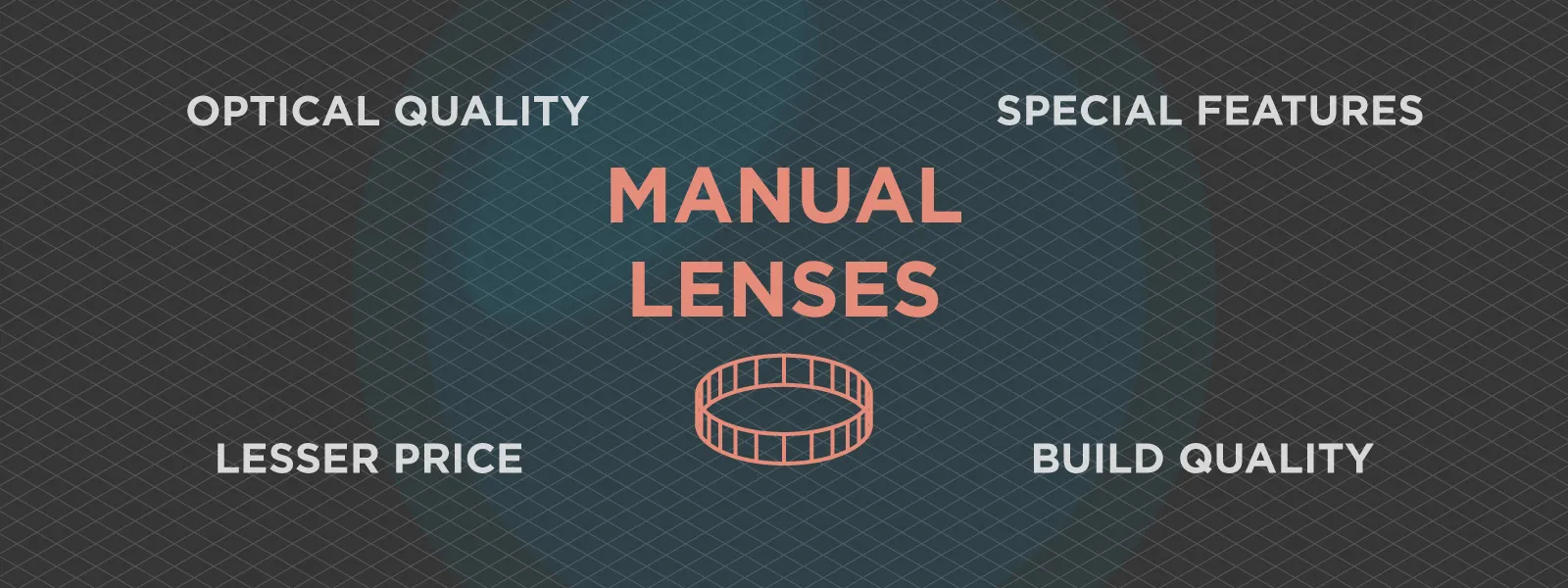 The main takeaway from here is the price. Without adding all electronic components, manufacturers can make optically brilliant lenses and sell them at reasonable prices. For some - the electronic feature tradeoff is worth the fundamental improvements at the lower price. But if you have the cash - lenses that are both optically brilliant and have electronic features exist. Only the really crazy stuff is reserved for manual lenses exclusively.
The main takeaway from here is the price. Without adding all electronic components, manufacturers can make optically brilliant lenses and sell them at reasonable prices. For some - the electronic feature tradeoff is worth the fundamental improvements at the lower price. But if you have the cash - lenses that are both optically brilliant and have electronic features exist. Only the really crazy stuff is reserved for manual lenses exclusively.
Electronic vs. Manual Lenses - Real World Use
If the above mentioned differences matter to you - it will depend on your use case. Let us summarize scenarios where manual or electronic lenses are most appropriate.
Scenario A - you need autofocus:
Anything with fast action. From wildlife, bird, or insect photography to moving cars, sports, and even family shots with active children. Modern cameras can track a subject with autofocus, enabling them to take photos of any subject in motion. Tracking a moving subject with a manual lens is very hard.
Fast-paced professional portrait or fashion photography - even in a studio environment, any shooting scenario that involves other people usually requires efficiency. Fiddling with a lens when talent is waiting is usually not an option.
Event, journalism, or documentary photography. For folks who run and gun, trying to capture events as they unfold - autofocus is necessary for video and photo. Nobody wants to risk an out-of-focus photo for something that happens once. This is particularly true for weddings.
Travel or street photography. While not strictly necessary for these applications, autofocus and image stabilization can help for dynamic candid photography or quick moment capture during a trip.
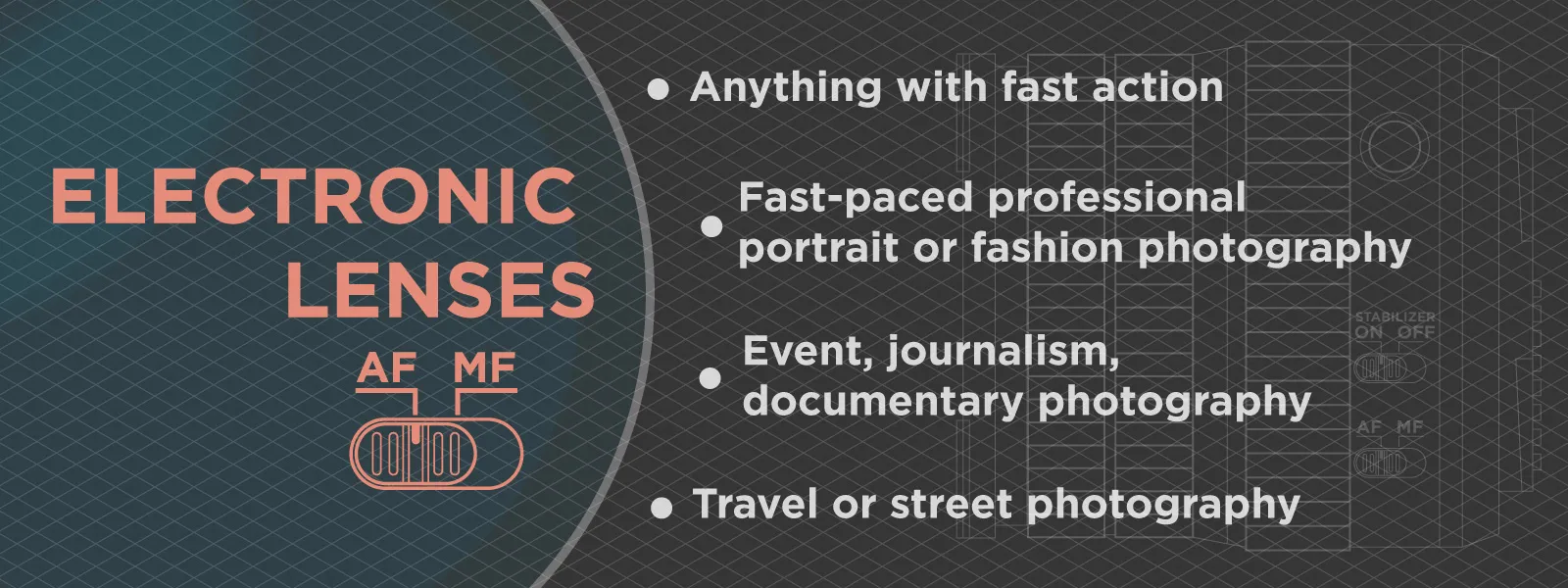 Scenario B - manual lens will suffice or be the only option for:
Scenario B - manual lens will suffice or be the only option for:
Landscape photography - where setup in advance matters most and image quality is required for large prints. Having smaller, lighter lenses on hikes to reach epic scenery is often a huge bonus as well.
Still life studio photography - such as product art reproduction. Anything that involves a controlled environment and a setup that does not have a strict time constraint.
Studio macro photography - for a stable shooting environment with a slow approach. However, a fully manual lens loses the opportunity to focus stack with automation.
Starscape and deep sky photography, image stacking. Astrophotographers do not use autofocus or lens stabilization in most cases, and image stacking techniques do not need these as well.
Timelapse photography - basic static timelapse shoots rarely require autofocus, and a fully manual aperture may help with flicker. Lesser quality electronic lenses have some aperture variation between shots even if the settings remain unchanged, resulting in different-looking photos. But you also lose the ability to control the aperture without touching the camera.
Exceptional cases requiring special design lenses. For example - Laowas macro probe lens has no autofocus counterpart on the market. If you need such a lens - a manual is the only way to go. Of course, there are dozens more similar examples.
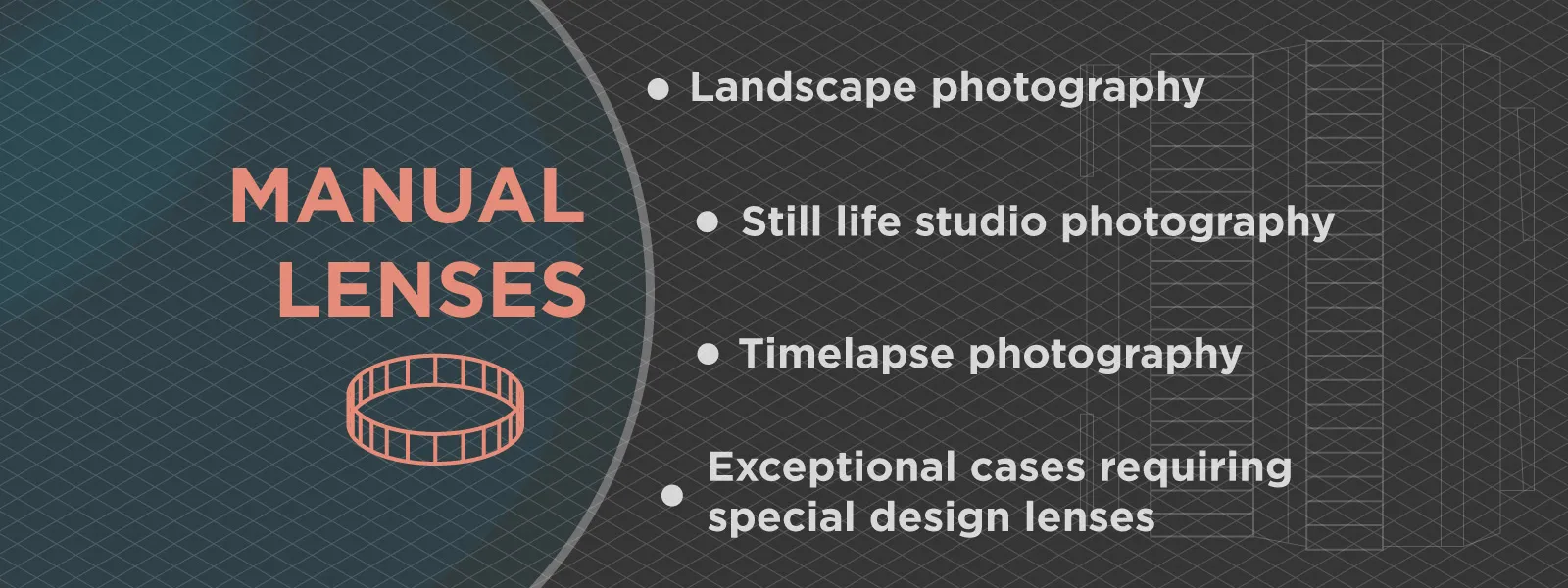 Of course, we did not cover every possible scenario, but the overall tendency should be clear. One area we deliberately missed is photogrammetry.
Of course, we did not cover every possible scenario, but the overall tendency should be clear. One area we deliberately missed is photogrammetry.
Lens for Photogrammetry - Manual vs. Electronic
Photogrammetry has as many subjects and scenarios as regular photography. Thus, we can draw conclusions only for different use cases. For standard turntable and cross-polarization scans - manual lenses are just fine. A controlled environment, stable setup, and stationary subject. When either autofocus or stabilization is not required - manual lenses are great for such use cases. The same applies to static multi-camera photogrammetry rigs with some caveats.
Indoor or environment scans with ultrawide angle lenses are also a realm for manual lenses. These usually do not have lens stabilization anyway (most of the time, we also use tripods in such cases), and autofocus is not a problem because everything is in focus with closed apertures on wide lenses.
Most drones have fixed lenses, and you can access autofocus for aerial photogrammetry use cases. But suppose you do have an interchangeable lens aerial camera system. In that case, you can use a manual lens and set the focus before flying. But to reliably use fixed focus, you must be familiar with hyperfocal distances. A more advanced topic for another time.
For everything else - autofocus is just more convenient. It is better to use autofocus when scanning in the field than manually check each image. Or rely on your ability to maintain the same distance so the area in focus remains consistent. It makes 3D scanning quicker, easier, and more reliable.
Comparison Examples
For comparison, we have two pairs of lenses with something in common, but one is electronic, and the other is entirely manual. Let us see how they stack up.
First pair - two macro lenses for the Sony E mirrorless system mount.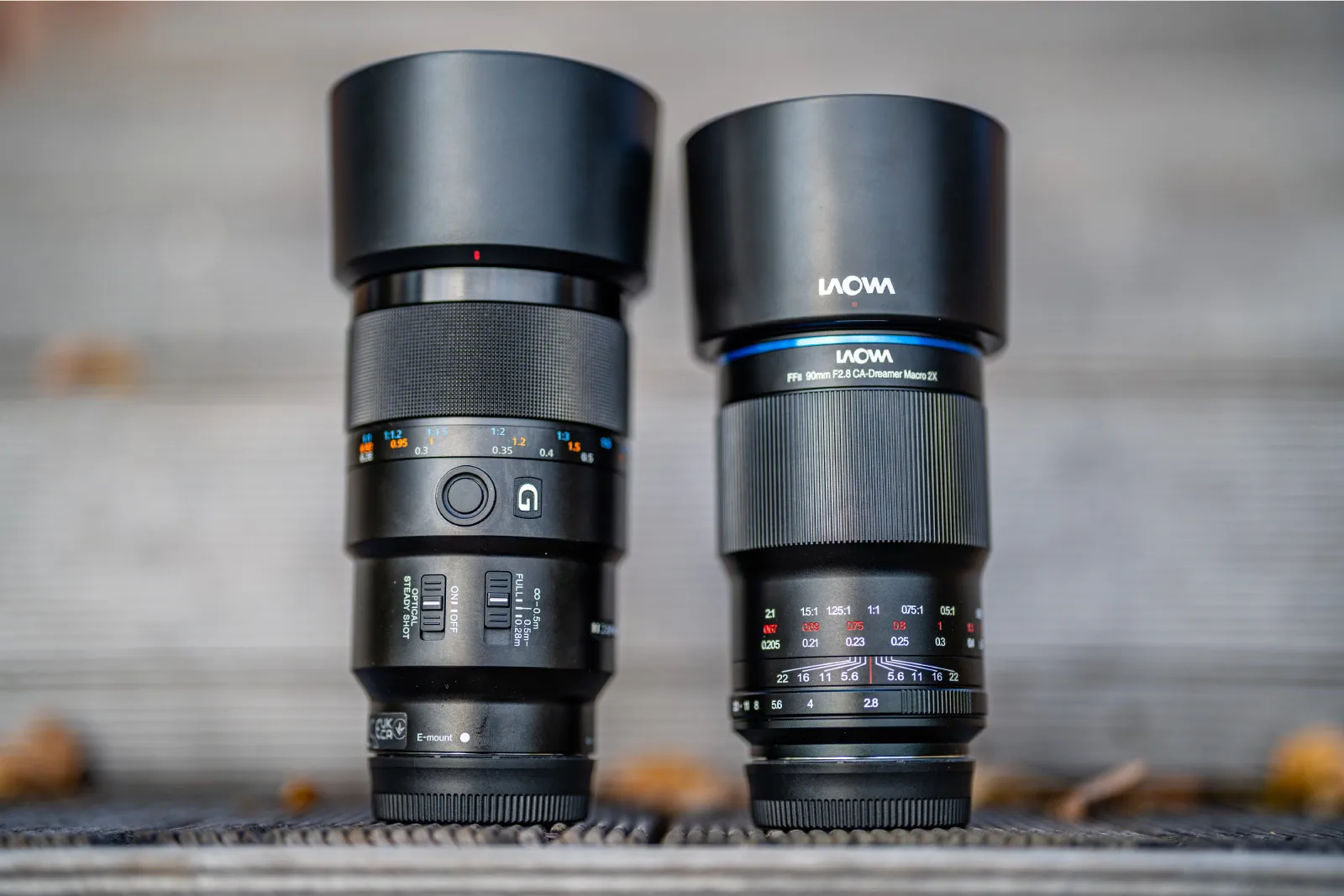
|
Lens name |
Sony FE 90mm f/2.8 Macro G OSS |
Laowa 90mm f/2.8 2x Ultra Macro APO |
|
Type |
Fully featured electronic lens |
Fully manual lens |
|
Price |
900 euro |
650 euro |
|
Optical Quality |
8/10 |
10/10 |
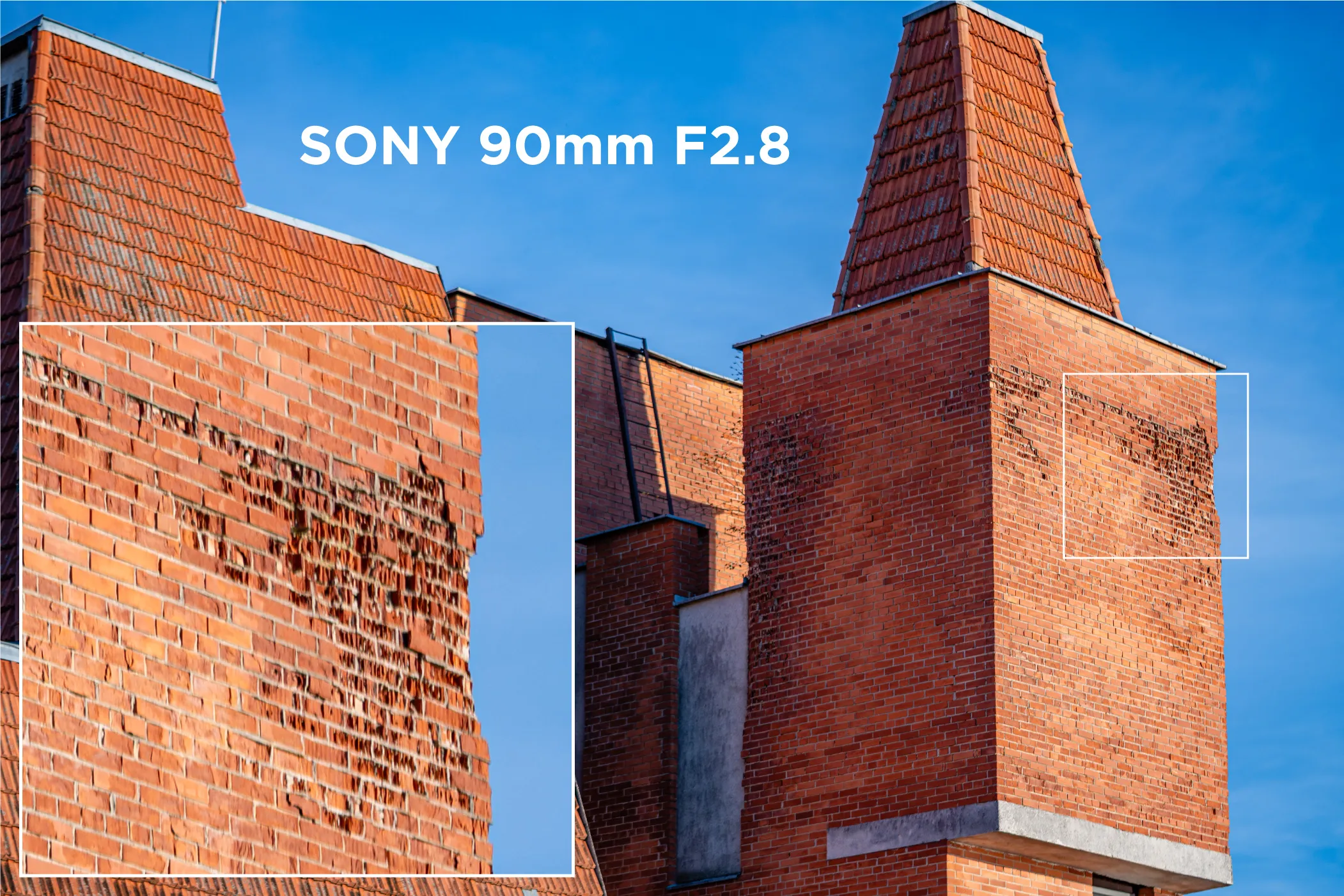 |
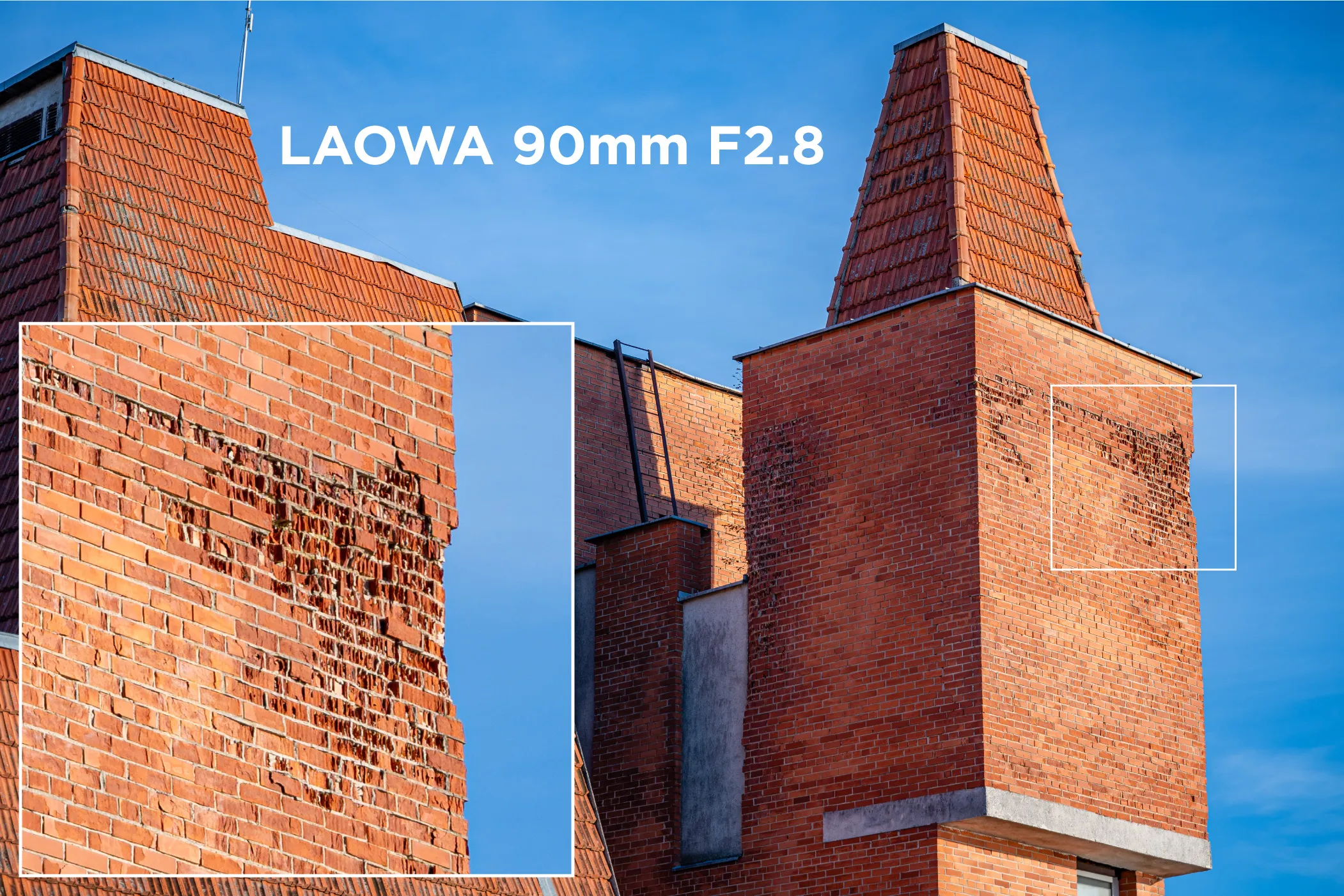 |
This is a very prudent comparison because if you are looking for a macro lens for your Sony mirrorless camera - these should be at the top of the list. The Sony lens features autofocus and image stabilization, making it a better walkaround macro lens. Meanwhile, the Laowa lens offers a 2X magnification, twice as much as the standard 1X macro capability, at a lower price. If you do not have a clear preference - this may be a hard choice.
 |
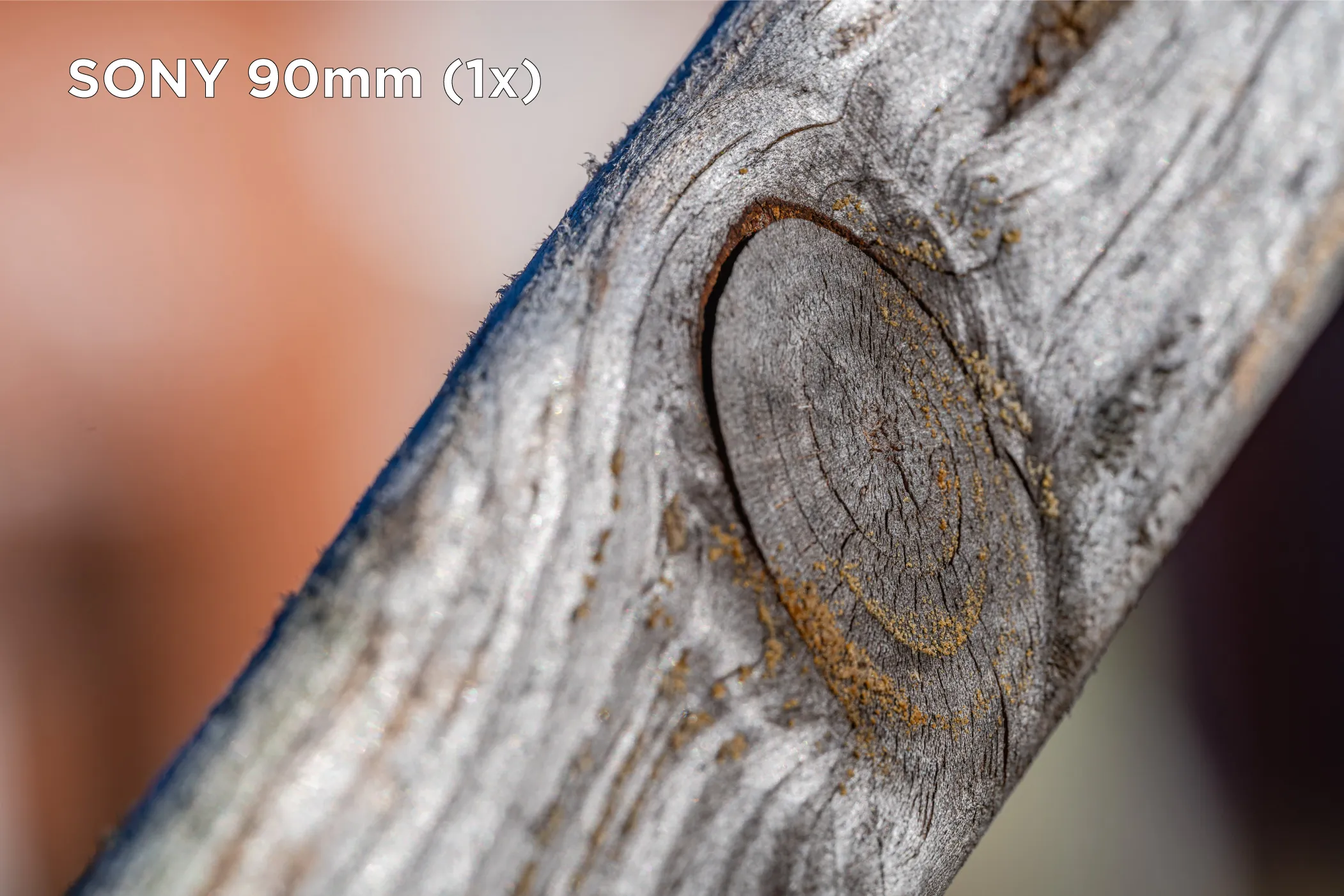 |
Second pair - two 50-millimeter lenses for the Sony E mirrorless system mount.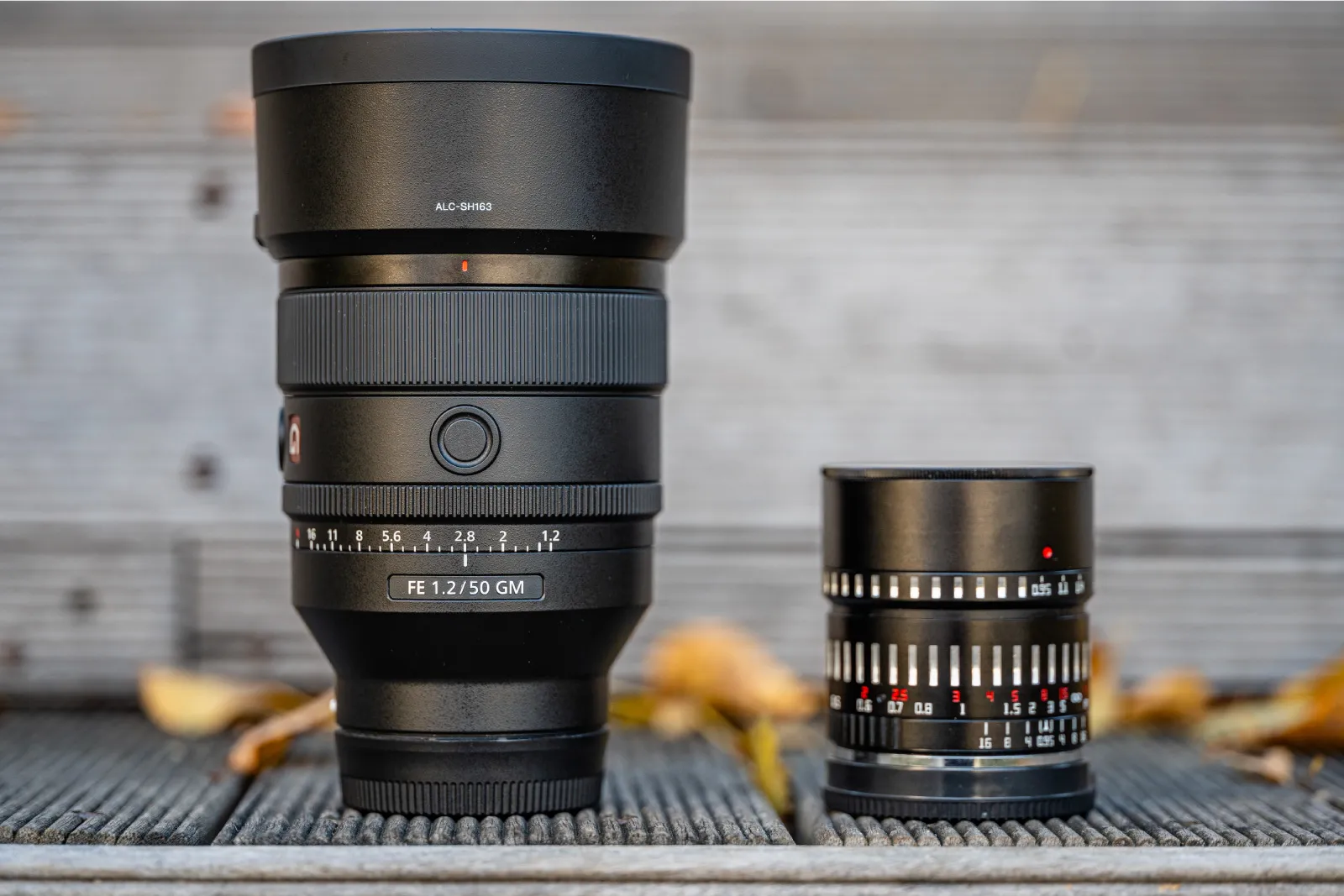
|
Lens name |
Sony FE 50mm f/1.2 GM Lens |
TTArtisan 50mm f/0.95 Lens |
|
Type |
Fully featured electronic lens |
Fully manual lens for APS-C sensors |
|
Price |
2000 euro |
270 euro |
|
Optical Quality |
10/10 |
3/10 |
 |
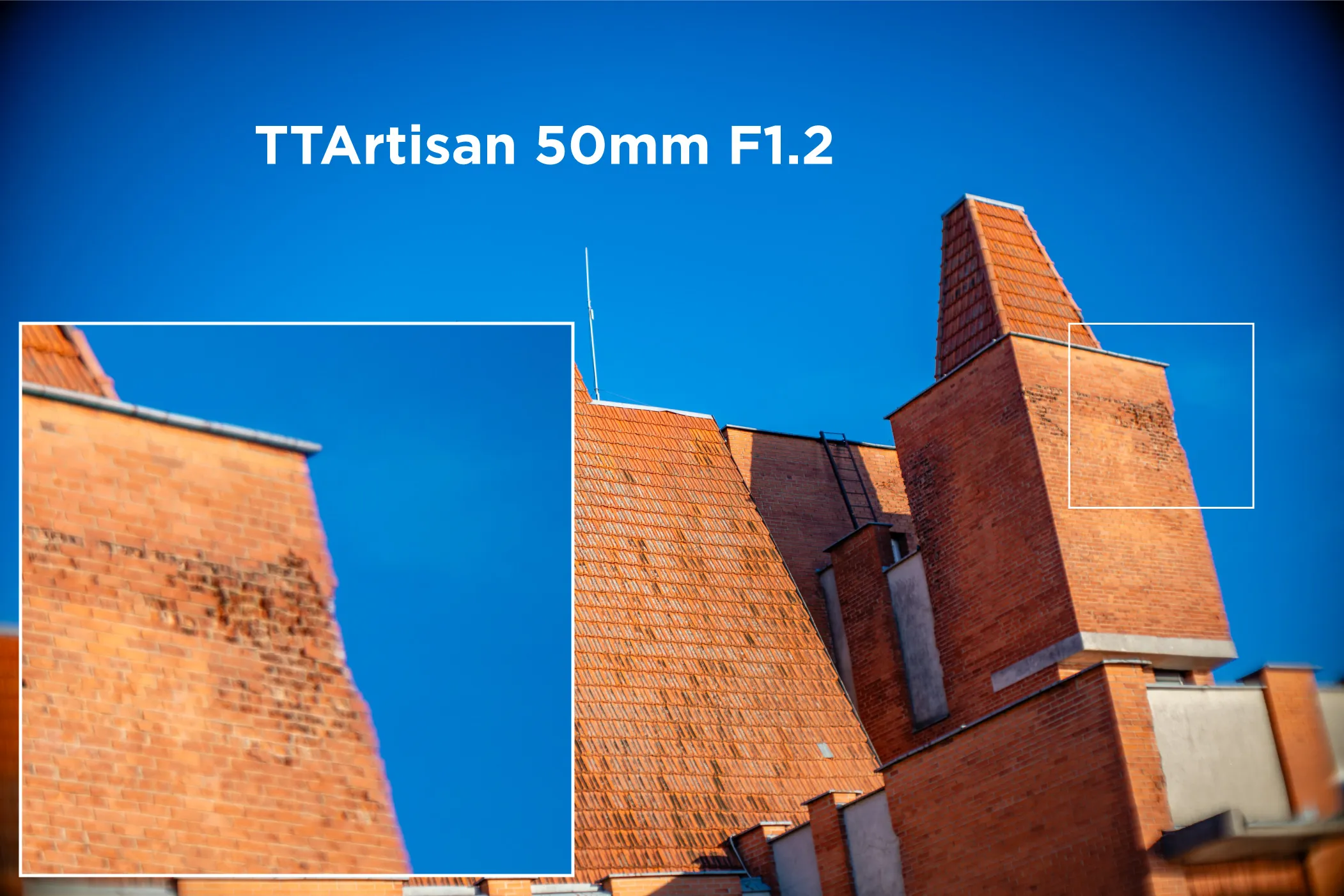 |
It is a ridiculous comparison. But both lenses share the same focal length with extremely bright aperture and are fun to use. We chose this comparison to highlight the sheer spectrum available in the lens market. Yes, the results are vastly different, and the cheap lens is not even meant for full-frame use. One is a top-of-the-crop workhorse while the other is an affordable gem - which is best for you - you decide.
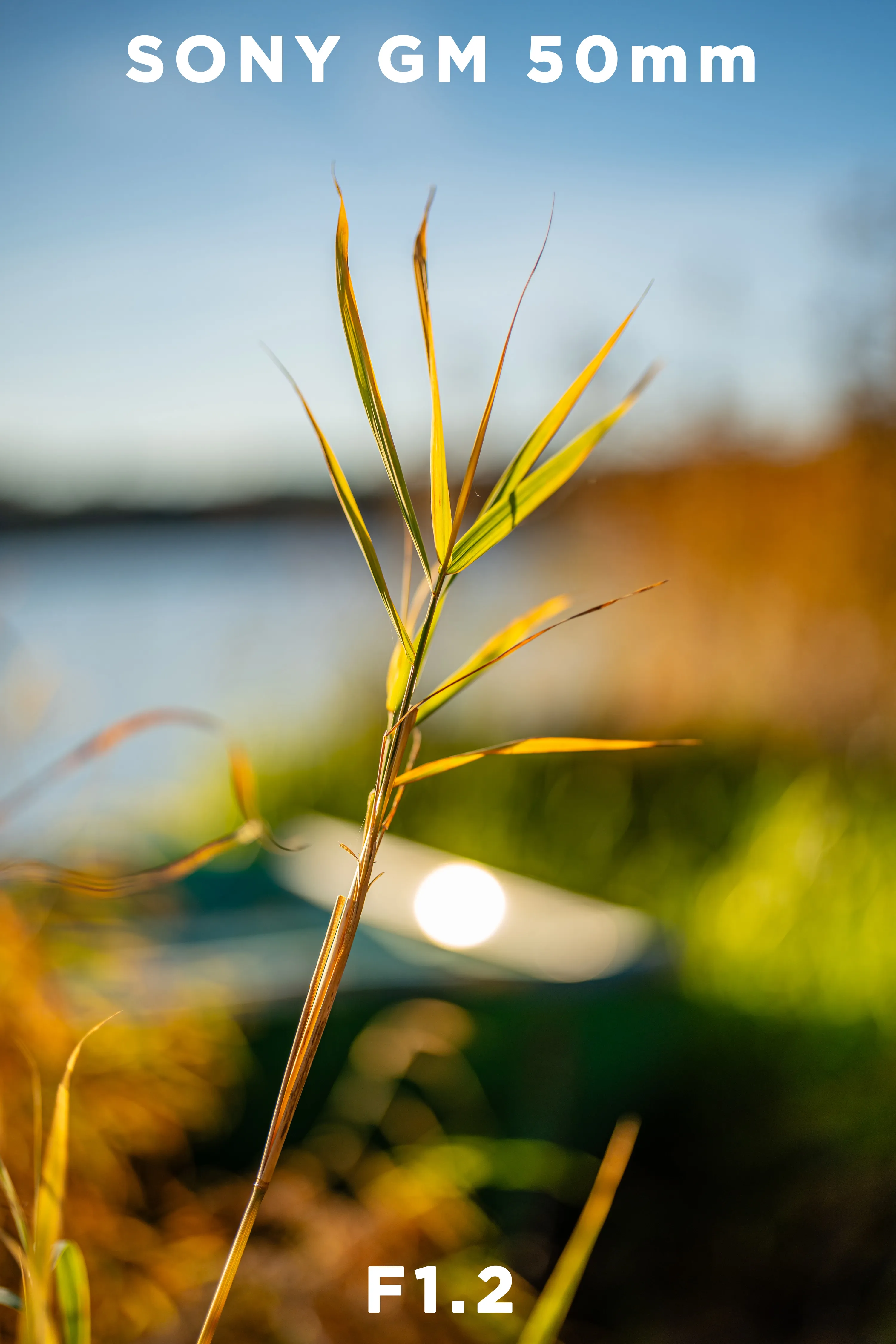 |
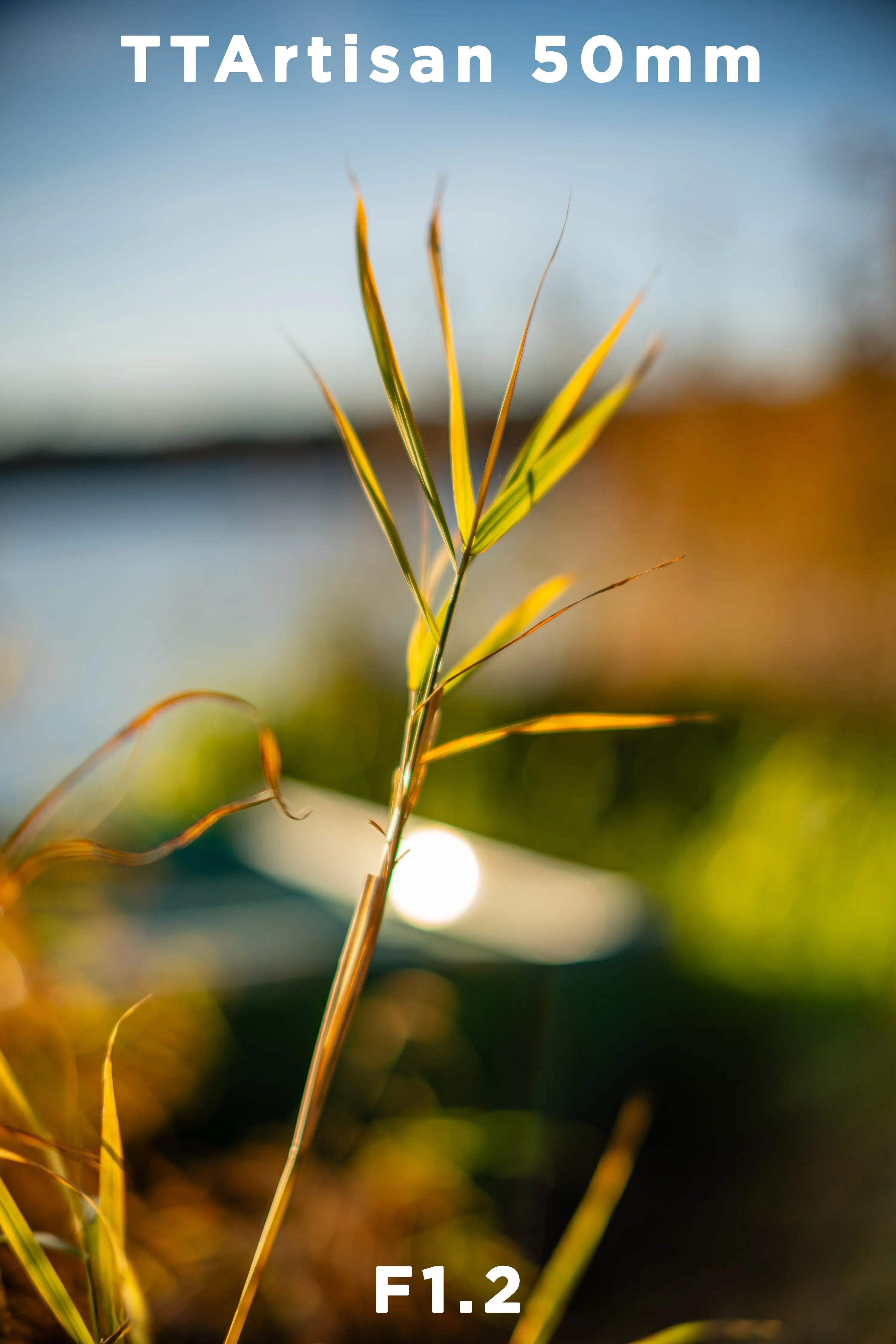 |
Conclusion
We hope that reading this article helps to understand the overarching properties and differences between manual and electronic lenses. Inevitably, there are some exceptions, such as manual lenses having electronic contacts for metadata. Or even workarounds like attaching an external autofocus system to a manual lens. But now you should know what lens is best for your photography or photogrammetry use cases and what you are giving up by choosing one or the other.
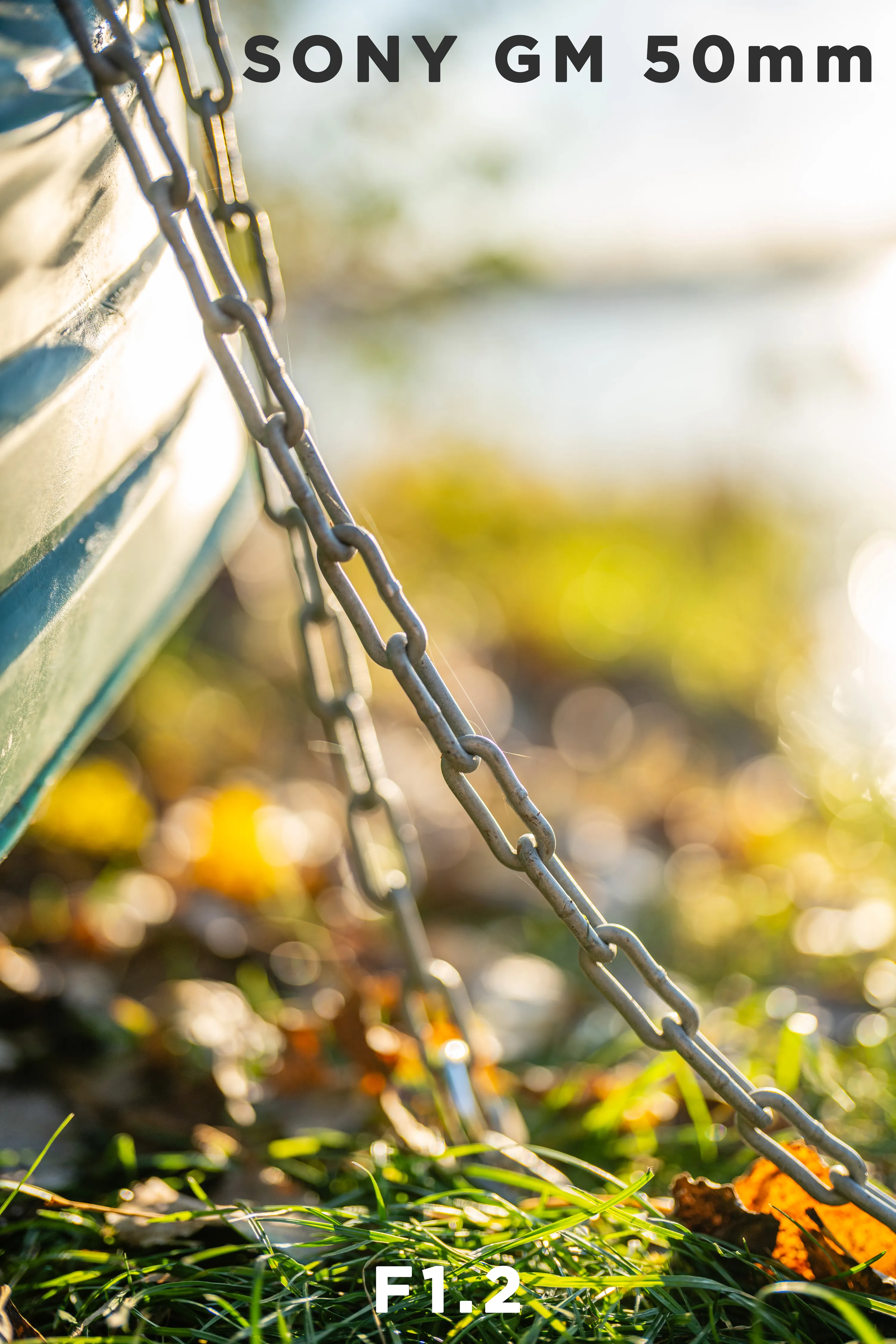 |
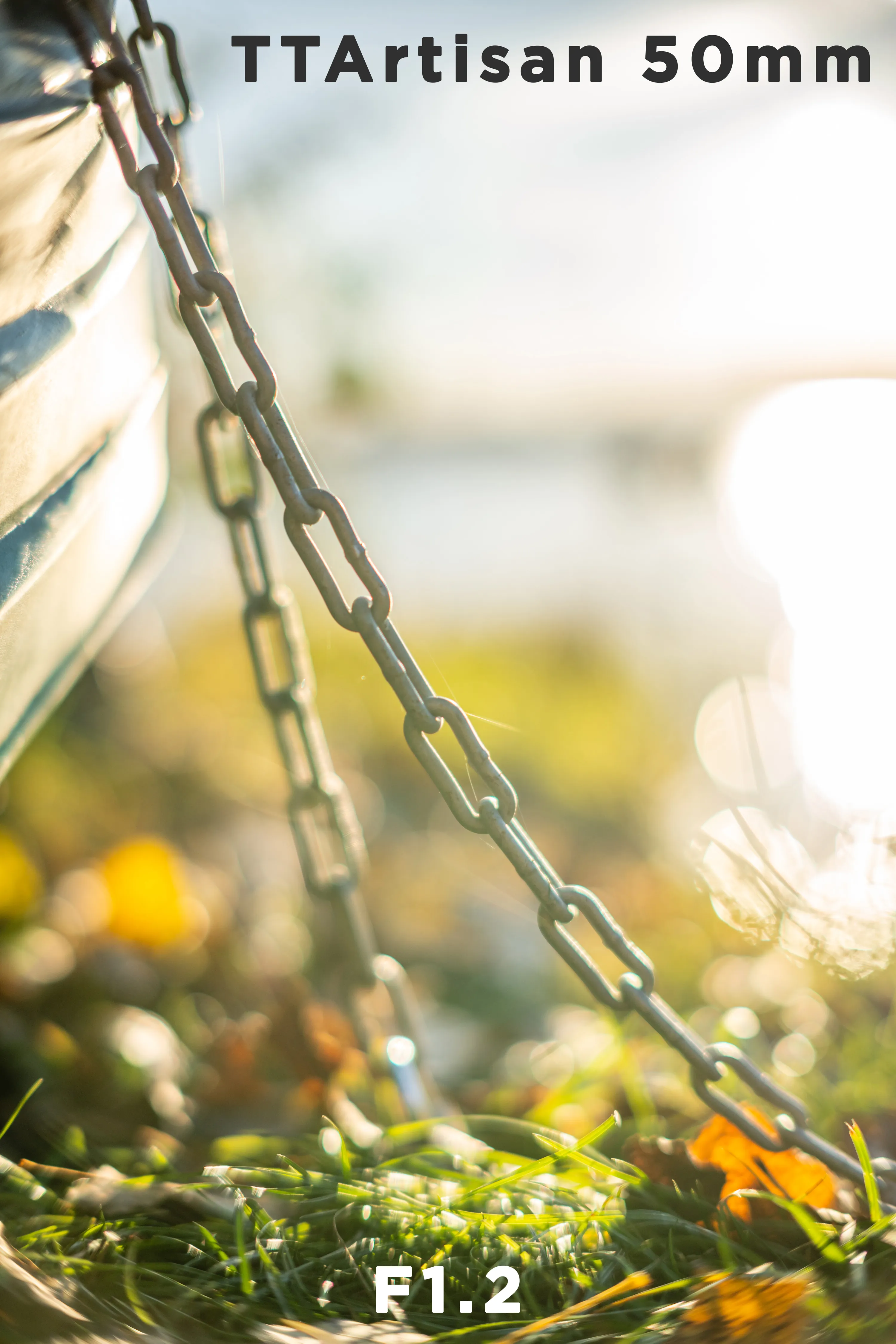 |

Photographer - Drone Pilot - Photogrammetrist. Years of experience in gathering data for photogrammetry projects, client support and consultations, software testing, and working with development and marketing teams. Feel free to contact me via Pixpro Discord or email (l.zmejevskis@pix-pro.com) if you have any questions about our blog.
Related Blog Posts
Our Related Posts
All of our tools and technologies are designed, modified and updated keeping your needs in mind
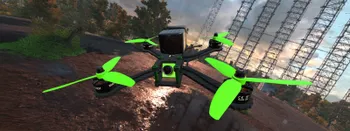
Drone Flight Simulators – GPS, FPV, Fixed-Wing Drones?
Flying drones is fun—and it can be helpful. In this article, I will tackle a few questions you may naturally ask when getting into the drone thing. We will also look at virtual flying, the logical first step when learning anything in the radio control hobby space.
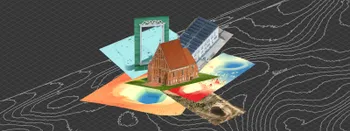
Where do we use Photogrammetry? A list of 3D scanning use cases.
Photogrammetry has revolutionized numerous industries by transforming real world scenes into 3D models, using only simple photographs and processing algorithms.

ChatGPT – Image Quality Checking for Photogrammetry with AI
Good input data is everything in photogrammetry. The results we get from processing can never "exceed" what we input into the software. If only we could always check our input data before starting the relatively long process of 3D reconstruction.
Ready to get started with your project?
You can choose from our three different plans or ask for a custom solution where you can process as many photos as you like!
Free 14-day trial. Cancel any time.
.svg@webp)
